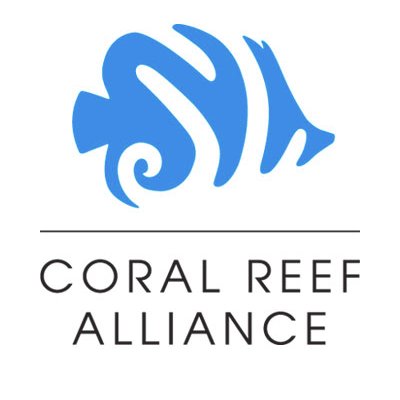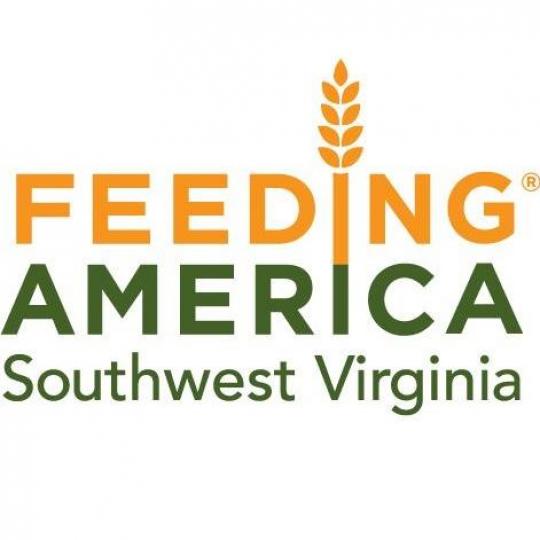The Conservation Conversation
If you don’t know about Coral Reef Alliance just yet, then you will soon enough. That’s because this Oakland-based nonprofit is on the ground — or, to put it more appropriately, in the waters — conducting groundbreaking research and sustainability projects.
Back in 1994, Coral Reef Alliance (CORAL for short) started to engage and educate SCUBA divers about protecting their nearby coral reef ecosystems. Twenty-three years later, CORAL partners with local communities around the world to protect coral reefs, and their reach continues to grow.
“There’s definitely a massive outreach component with respect to building awareness of the benefits of coral reefs, but also the knowledge of their many threats,” said Tara Holmes, CORAL’s Marketing & Communications Director. “Corals face a myriad of threats — local threats, like overfishing and pollution — but also global threats, like climate change. We need to deal with this major global issue using a multi-faceted approach.”
Working with local communities in Fiji, Hawaii, Indonesia, and Honduras is perhaps the most critical component to CORAL’s success in those regions. By partnering on the ground with those who are directly affected by coral reefs, CORAL helps develop local and sustainable management plans that will enable the reef — and people who depend on the reef — to thrive.
“We believe in finding win-wins for both communities and conservation,” Holmes said, “while preparing for the long-term effects of climate change on reefs around the world.”
Outside of supporting sustainable fishing practices and eco-friendly tourism, CORAL takes on other issues hazardous to coral reefs like sewage runoff and wastewater management.
In order to support these myriad efforts, CORAL raises funds from both grant makers and individual contributors. But, as Holmes explains, fundraising can be a double-edged sword for nonprofits who want to deliver impact without affecting overhead.
“In fundraising, we want to be sure to focus on clear and defined goals, not chasing money in a way that causes mission drift. And that’s not a CORAL issue, that’s a nonprofit sector issue,” Holmes said. “We want to make sure we’re freed up as an organization to focus on what’s happening on the ground.”
Economy & Ecology
In 2016, Click & Pledge released its new Connect payment form builder. It was a game-changer for hundreds of nonprofits that wanted an easy way to set up their online donations. CORAL was one of them.
“Before the new form builder, we used custom coding to create a form,” said Dory Gannes, CORAL’s Development Director. “It’s harder to write code than it is to use a form builder, so now now it’s much easier and less time consuming to make edits.”
But the functionality of the Connect platform isn’t limited to just forms. CORAL implements Donor Management and Event Management apps for Salesforce® to make growth projections, segment donors lists, and track relationships with high-priority donors.
“We use Click & Pledge throughout the year for all our online fundraising. The functionality of the tool is strong and with their lower rates, we can put more dollars into saving coral reefs.”
— Dory Gannes, Coral Reef Alliance’s Development Director
When combined within an all-in-one online fundraising platform, Click & Pledge’s fundraising tools help CORAL achieve its mission — both digitally and physically — without breaking the bank.
“We use Click & Pledge throughout the year for all our online fundraising,” Gannes said. “The functionality of the tool is strong and with their lower rates, we can put more dollars into saving coral reefs.”
Just Keep Swimming
So what’s next for CORAL? Gannes and Holmes both know that their mission is ready to expand further into the national and global conversations about coral reef conservation; in fact, it already has through CORAL’s groundbreaking Adaptive Reefscapes initiative.
“We’re doing some really interesting research on how coral reefs can adapt in the face of climate change and rising temperatures,” Gannes said. “We’re hoping to be a thought leader in the field and partner with other conservation organizations as well.”
As CORAL grows, Gannes anticipates a new group of people asking more questions and placing the nonprofit at the forefront of the fight to save coral reefs.
“We have a sense of how we can grow within our current donor networks,” Gannes said, “but we also know that in order to meet our goal, we’re going to have to seek growth outside our own networks. With Click & Pledge’s support and new functionalities, we trust that we will be able to keep our processing and platform fees low and provide a smooth donor experience.”
—
If you’d like to learn more about how Coral Reef Alliance unites communities to save coral reefs, visit their website at coral.org.




